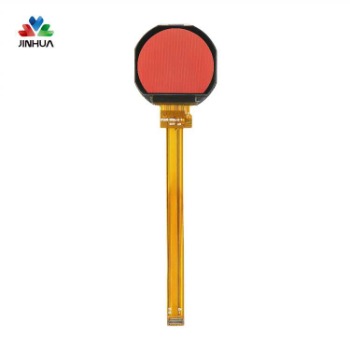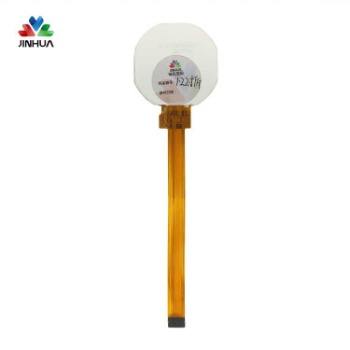Cómo funciona TFT LCD
Jan 14, 2025
En comparación con las pantallas LCD ordinarias, TFT LCD puede proporcionar imágenes/texto muy claros y tener tiempos de respuesta más cortos. Las pantallas LCD TFT se usan cada vez más, lo que brinda mejores efectos visuales a los productos.
Estructura de TFT LCD
TFT es la abreviatura de "Transistor de película delgada". Los transistores de las pantallas de cristal líquido TFT de color están compuestas de películas de silicio amorfas depositadas en vidrio. Actúa como una válvula de control para proporcionar el voltaje apropiado al cristal líquido para cada subpíxel. Esta es la razón por la cual TFT LCD también se llama pantalla Active-Matrix.
Las pantallas LCD TFT tienen una capa de cristal líquido entre un sustrato de vidrio formado por TFT y electrodos de píxeles transparentes y otro sustrato de vidrio con un filtro de color (RGB) y un contraectrodo transparente. Cada píxel de la matriz activa es Emparejado con un transistor que incluye un condensador, que le da a cada subpíxel la capacidad de retener su carga en lugar de enviarlo cada vez que necesita ser reemplazado. Esto significa que TFT LCD responde más rápido.
Principio de conducción de TFT LCD
Para comprender el principio de funcionamiento de TFT LCD, primero debemos comprender el concepto de transistor de efecto de campo (FET). Un FET es un transistor que utiliza un campo eléctrico para controlar el flujo de corriente eléctrica. Es un componente con tres terminales: fuente, puerta y drenaje. Los FET controlan el flujo de corriente aplicando un voltaje a la puerta, cambiando así la conductividad entre el drenaje y la fuente.
Usando FET, podemos construir un circuito de la siguiente manera. El bus de datos envía una señal a la fuente FET, y cuando la señal SEL aplica el voltaje a la puerta, se genera un voltaje de conducción en el panel de cristal de líquido TFT. Se enciende un subpíxel. Una pantalla LCD TFT contiene miles o millones de tales circuitos de unidad.






 English
English Deutsch
Deutsch русский
русский español
español العربية
العربية



 IPv6 RED SOPORTADA
IPv6 RED SOPORTADA
